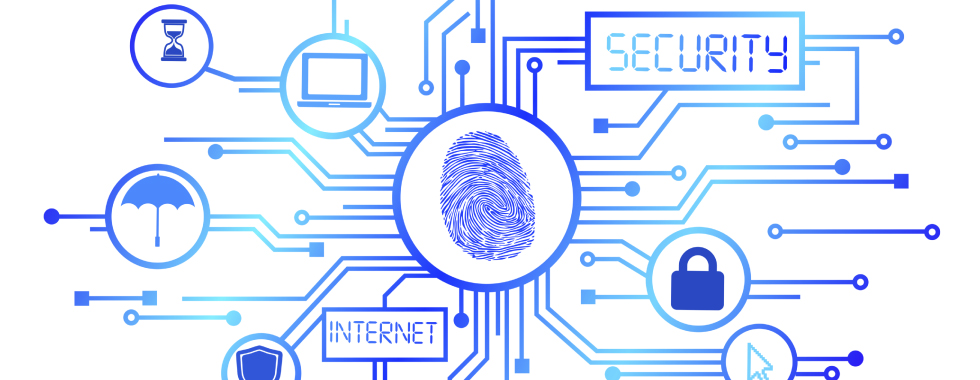Similar to the introduction of email more than 20 years ago, social media has become a common workplace tool and many businesses are actively using it to engage with a variety of audiences including employees, customers, industry influencers, media and vendors. In fact, the use of multiple social media platforms like Twitter, Facebook and LinkedIn can extend an organization’s reach and effectiveness. For example, the Human Resources department can use LinkedIn to identify the best talent and the Sales team can use it to generate leads. When used effectively, Twitter and Facebook can be indispensable in helping Marketers identify customer insights and offer a direct channel for Customer Service teams to respond to questions and concerns.
Burns & Wilcox provides access to insurance that can help protect you against possible losses that may result from your organization’s online activity. Social Media insurance packages can provide coverage for defamation including libel and slander, intellectual property, cyber liability, copyright infringement and invasion of privacy.
For organizations, the benefits of social media are not without risk. Here we break down some of these risks for businesses and how to work towards mitigating related losses.
Lack of Control
Problem: Social media can magnify the noise around an issue and can accelerate the speed at which information is shared. By engaging with your audience on a public platform, you are also providing them with an outlet to voice concerns and escalate issues. While it is important to encourage conversation, it is equally important for companies to monitor comments taking place in online social spaces.
Solution: Ongoing and sustained monitoring can help companies identify issues as they surface, as well as identify and amend incorrect facts about the organization or its products. If done appropriately and cautiously, actively participating online can actually help to stem a crisis before it is even able to begin, and it is for that reason that social media has become a powerful tool in a company’s crisis management efforts. Additionally, obtaining insurance can protect against financial losses incurred from damaged reputations.
Lack of Employee Training
Problem: Many companies do not invest appropriately to ensure that employees have the necessary skills to engage in social media spaces on behalf of the company. In 2013, the independent audit, tax and advisory firm Grant Thornton L.L.P. and the New Jersey-based Financial Executives Research Foundation surveyed senior executives and found that 66% of companies intended on increasing their use of social media, but only 36% stated that their businesses provided social media training. Without training, employees may disclose confidential information, utilize the organization’s social media platforms as a personal outlet, or use information found online to discriminate against current or potential employees.
Solution: The first step in developing effective social media training is outlining a well-defined social media policy that highlights the do’s and don’ts when using social media on the organization’s behalf. It is also important to communicate to employees how they should use the information they find online and the effects of using it inappropriately. How employees obtain potentially damaging information about another worker or potential worker factor into deciding whether the information was used legally or if it violates worker privacy. A general rule of thumb for employees is that if nothing was done to circumvent an employee’s attempt to keep social media activity private, then there is no issue. Creating an internal employee training program educating employees how to conduct themselves online will help ensure that employees are familiar with company protocol. Annual training to refresh will help employees keep up with changing social media trends. Additionally, obtaining insurance can help protect against employee oversights leading to company losses.
Cyber Threats
Problem: Social media has become a medium for hackers to try and gain access to corporate computer systems. Hackers will often plant malware in social media communications, hoping that employees’ trust of social media leaves them more likely to click malicious links. Additionally, common security tools such as firewalls, antivirus and detection software are often unable to protect against threats stemming from social media, as they can only detect 30% of malware.
Solution: It is important to install software that can scan for malware and other potential risks. Even though it may be hard to detect malware, not having monitoring software installed leaves organizations more vulnerable to risk. Also be sure that sensitive information is encrypted, so if information is stolen, it still has a chance of staying protected. Cyber liability coverage that can help you protect against losses incurred from data breaches. While preventative measures are important, it is essential to have appropriate social media insurance packages in place to protect from losses related to engaging online.






